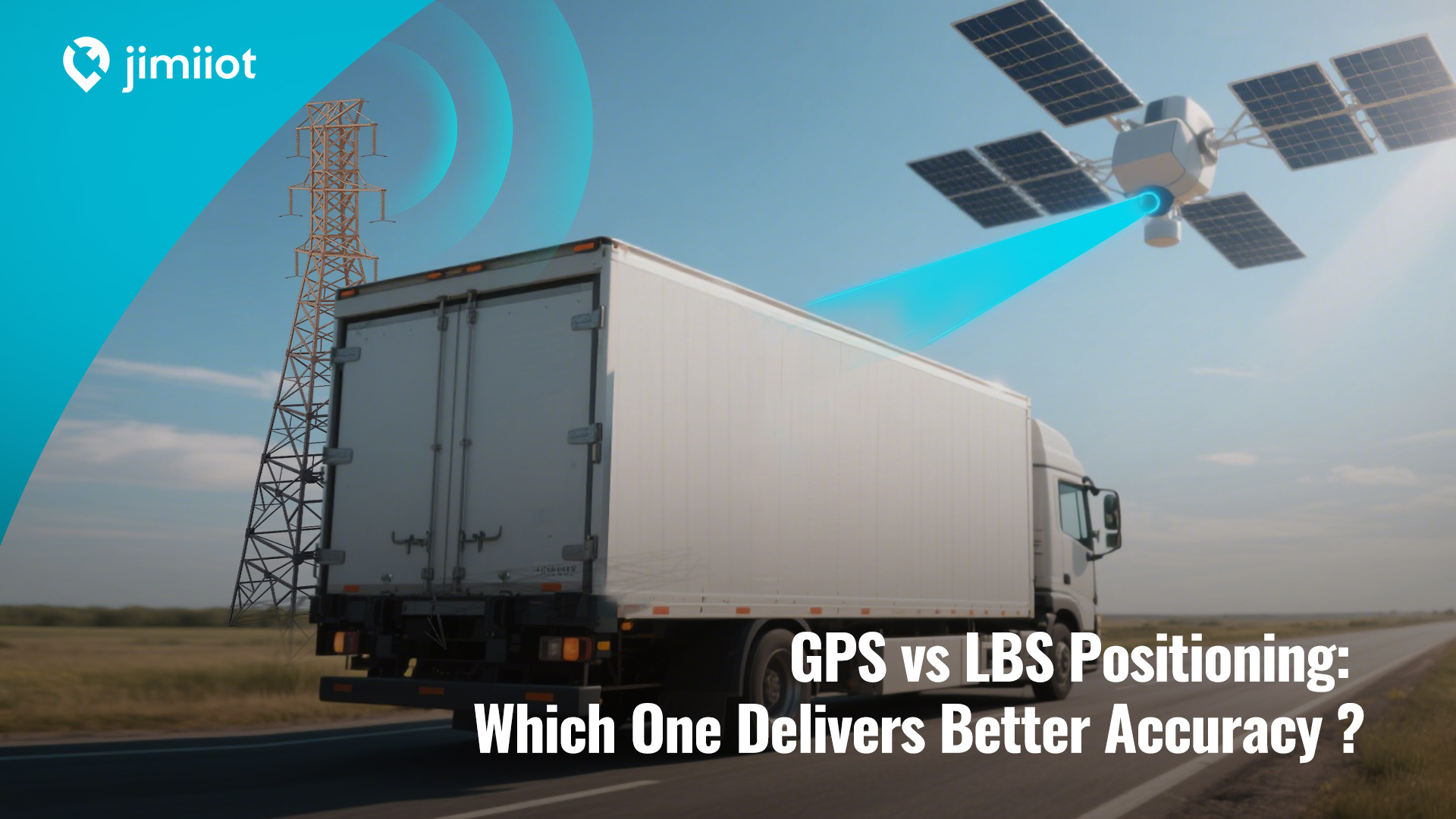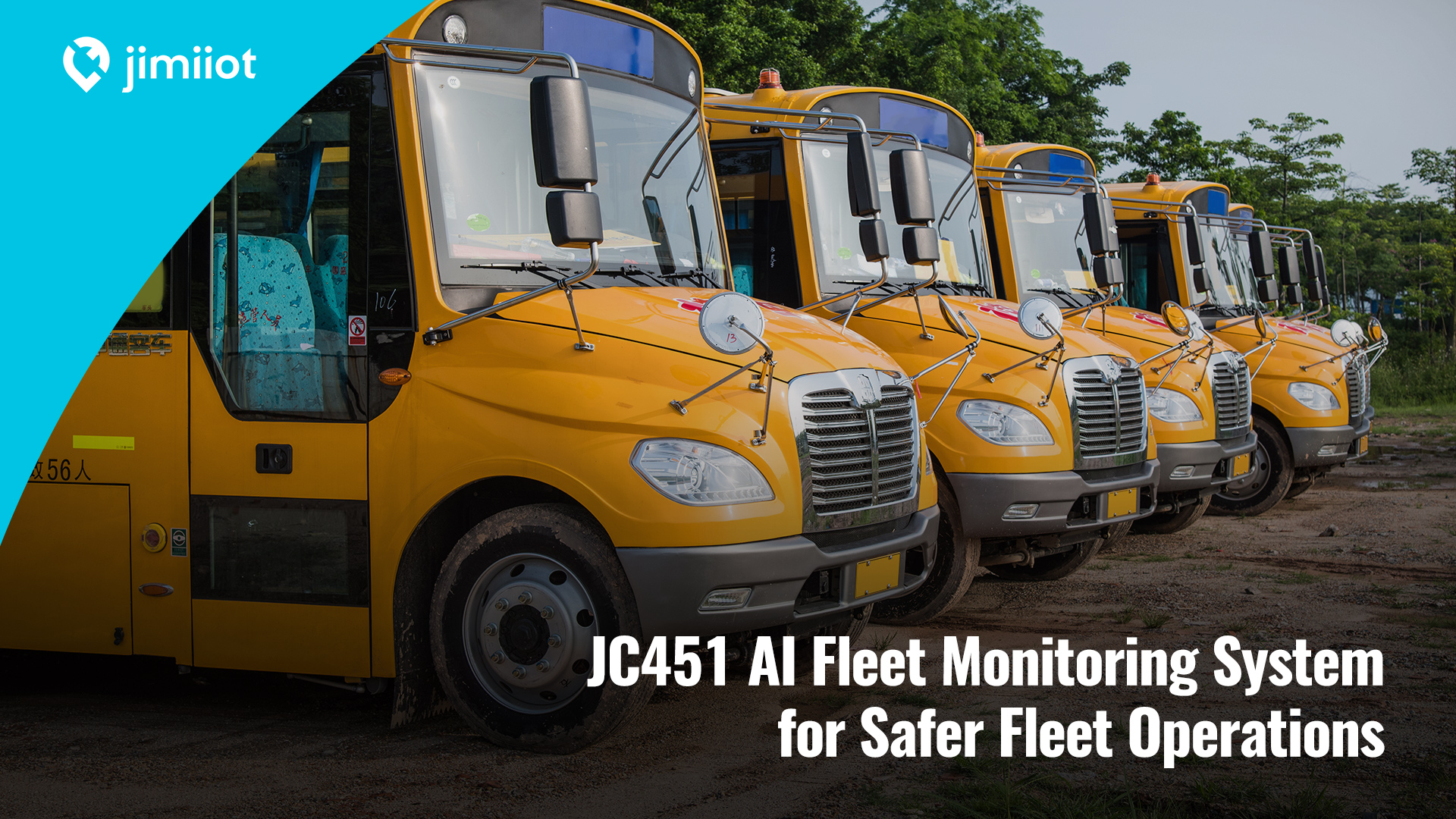When choosing a location-tracking solution for your assets, vehicles, or people, two primary technologies dominate the market: GPS (Global Positioning System) and LBS (Location-Based Services). Both have their strengths and limitations, selecting the right one can significantly affect tracking accuracy, cost-efficiency, and performance in different environments.

In this article, we will explore GPS vs LBS positioning in depth—how each technology works, their core differences, and which solution best fits specific use cases across industries like logistics, personal safety, fleet management, and more.
What Is GPS Positioning?
GPS is a satellite-based navigation and tracking system that relies on a network of orbiting satellites to triangulate a receiver’s position on Earth. A GPS-enabled device connects with at least four satellites to calculate its precise coordinates in real time.
Key Benefits of GPS
High Accuracy: GPS can typically pinpoint a location within 2 to 5 meters, making it ideal for real-time fleet tracking, geofencing, or theft recovery.
Global Coverage: GPS works almost anywhere on Earth as long as there is an unobstructed view of the sky.
Real-Time Movement Tracking: It enables continuous monitoring of asset or vehicle movement, which is essential for route optimization, driving behavior analysis, and performance reporting.
Common Applications of GPS
- Fleet and vehicle management
- Personal safety tracking (children, elderly, lone workers)
- Outdoor asset tracking
- Marine and aviation navigation
What Is LBS Positioning?
LBS, or Location-Based Services, uses information from cellular networks to determine the location of a device. When GPS signals are weak or unavailable—such as indoors or in dense urban areas—LBS becomes a practical fallback.
Instead of satellites, LBS relies on mobile base stations (cell towers). It triangulates the device’s position based on the signal strength and timing from multiple nearby towers.
Key Benefits of LBS
Better Indoor Performance: LBS can function in environments where GPS signals are obstructed, such as buildings, tunnels, or underground parking.
Lower Cost and Power Consumption: LBS modules generally use less power and are more affordable, making them suitable for budget-conscious or compact devices.
Broader Urban Coverage: In cities with dense cellular infrastructure, LBS provides fairly reliable location estimates.
Common Applications of LBS
- Indoor tracking
- Urban asset monitoring
- Budget-friendly tracking devices
- Devices with limited power capacity
GPS vs LBS: Head-to-Head Comparison
| Feature | GPS Positioning | LBS Positioning |
| Accuracy | 2–5 meters in open areas | 100–1000+ meters depending on density |
| Environment Suitability | Best for open, outdoor environments | Works well indoors and in dense cities |
| Power Consumption | Higher | Lower |
| Cost | Generally higher | Lower |
| Coverage | Global satellite network | Depends on cellular tower availability |
| Use Cases | High-accuracy logistics, fleet tracking | Urban location tracking, indoor use |
When to Choose GPS
If you require high-precision tracking for vehicles, heavy equipment, or valuable assets in open environments, GPS is the superior choice. It’s especially critical in logistics, transportation, and delivery services where route optimization, accident reconstruction, and driver behavior monitoring matter.
Advantages of GPS for Fleet Management
- Real-time data transmission
- Detailed route history
- Accurate speed and location monitoring
- Enables geofencing and automated alerts
However, GPS may underperform in urban canyons, underpasses, or indoor environments where satellite signals are weak or blocked.
When to Choose LBS
LBS shines in situations where GPS signal reception is compromised—like indoor environments or dense urban landscapes. It’s also more cost-efficient for tracking less critical assets or devices with low battery capacity.
Advantages of LBS in Urban Scenarios
- Reliable fallback when GPS is unavailable
- Lower device cost and simpler hardware
- Useful for stolen vehicle recovery in covered garages or tunnels
However, because LBS relies on proximity to cell towers, it’s less precise than GPS and typically not suitable for applications requiring exact location data.
The Hybrid Approach: GPS + LBS
For the best of both worlds, many modern tracking devices now integrate both GPS and LBS modules. This hybrid approach ensures continuous location tracking regardless of environmental conditions. When GPS signals are strong, the device relies on satellite data; when GPS is weak, it automatically switches to LBS to maintain location visibility.
Benefits of GPS + LBS Devices
- Seamless transition between indoor and outdoor environments
- Higher availability of location data
- Enhanced user experience with consistent tracking
- Greater reliability in theft prevention and emergency response
Final Thoughts: Choosing the Right Technology
The decision between GPS and LBS positioning ultimately comes down to your application needs. If high-precision outdoor tracking is a priority, GPS is the better option. If cost, power efficiency, and indoor usability are more critical, LBS is more practical. In most professional tracking applications today, a hybrid GPS + LBS solution provides the best balance of accuracy, reliability, and adaptability.

Why Jimi IoT?
At Jimi IoT, we understand that one size does not fit all. That’s why we offer a diverse portfolio of tracking devices supporting GPS, LBS, or hybrid configurations. Whether you’re managing a fleet, tracking assets across regions, or ensuring personal safety, our solutions are built to adapt to your unique challenges.
From high-precision GPS devices with advanced telematics to compact LBS tags for indoor asset monitoring, Jimi IoT delivers innovation, scalability, and support to ensure you’re always connected to what matters most.
Explore our GPS and LBS tracking solutions today and experience the future of smart tracking.

 US
US ES
ES PT
PT TH
TH VN
VN JP
JP


